
Seven days in Mexico City
Seven days in Mexico City: to do the best use of your time:
Day 1
A lot of people will tell you to take it easy on your first day, but usually, people arriving in Mexico City are too excited to stay still.
We’ve planned your first day around a trip to the city center. And there are dozens of ways to do it.
Just walking through Mexico City’s Historic Center offers you many options.
Most people will start in the Zócalo area.
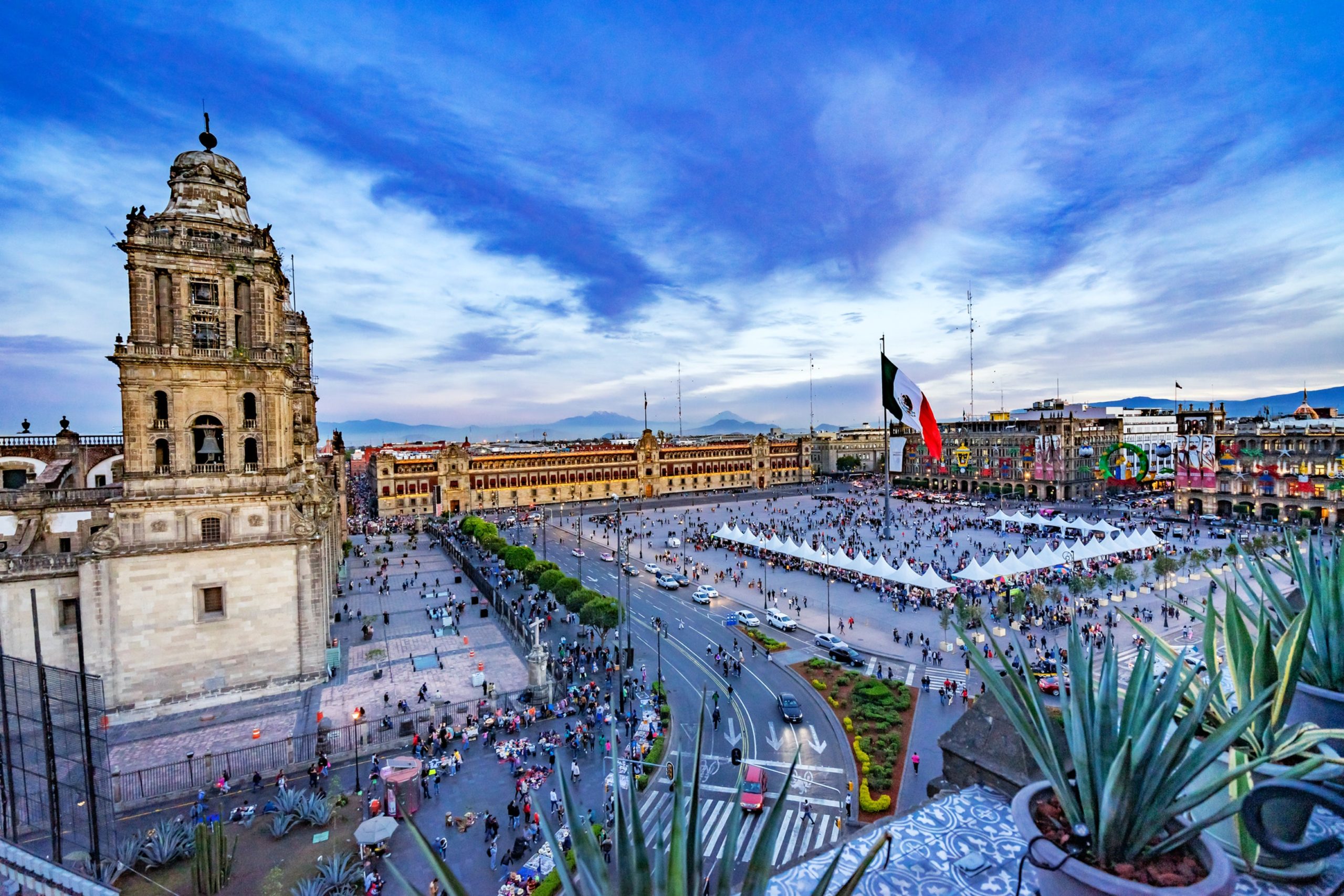
Don’t miss the Templo Mayor Museum.
From there, walk west along Avenida Madero. There’s a lot to see along the way.
You’ll end up at the Palacio de Bellas Artes and the area of Alameda Central.
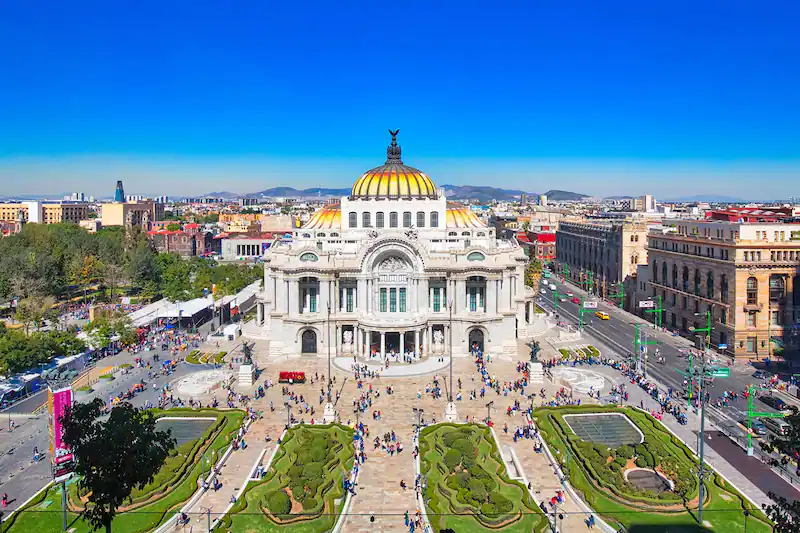
Those truly inspired will then head south to the San Juan Moyotlan neighborhood.
By finishing at the Ciudadela Market, you’ll get to see some of the products reflecting Mexico City’s strong artistic and artisanal culture.
Day 2
The second day is dedicated to Coyoacán.
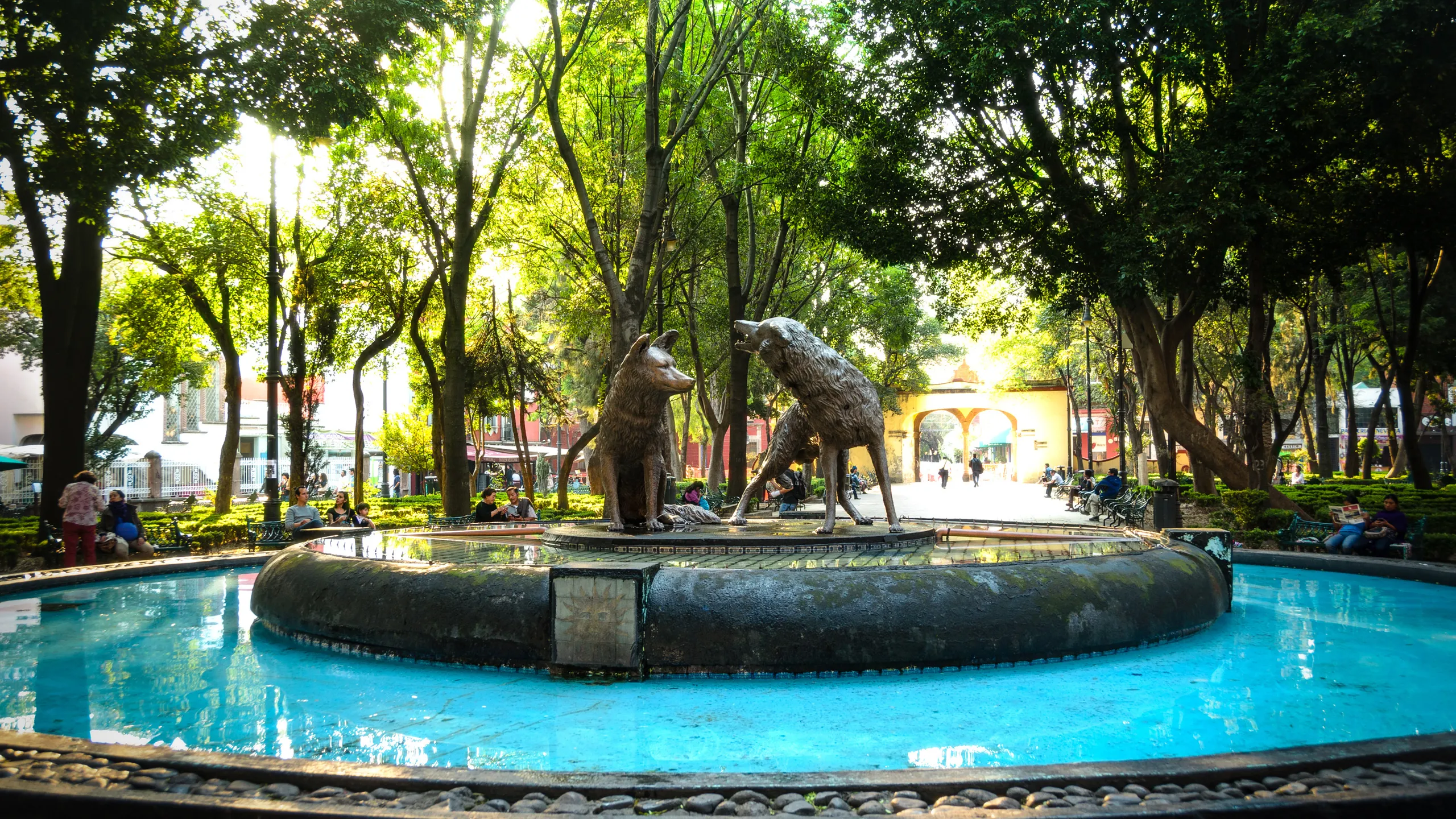
For many visitors to Mexico City, there’s no better reason to be in the city than Frida Kahlo, and it’s the neighborhood where she lived and died that we’ll head to today.
Coyoacán is globally known for its charm. Its streets are designed for strolling, which means that even when arriving here by Metro, visitors spend some lovely extra minutes walking along the beautiful tree-lined streets.
For instance, Francisco Sosa Street has the oldest, most imposing, and beautiful ash trees in the city.
Foreign visitors will make their way from the museum to the Historic Center and the Market. Along the way, there’s nothing more to do than enjoy the charming cobbled streets and some of the grand houses from when Coyoacán was just a small village.
For those wanting to venture further, head to the Museum of Interventions in the old Churubusco Monastery. And remember, there’s a shopping center right above the Coyoacán metro station. So even if you get lost, there are many things nearby to keep you fed and oriented.
Day 3
On Day 3, we aim to reach the globally renowned Xochimilco.
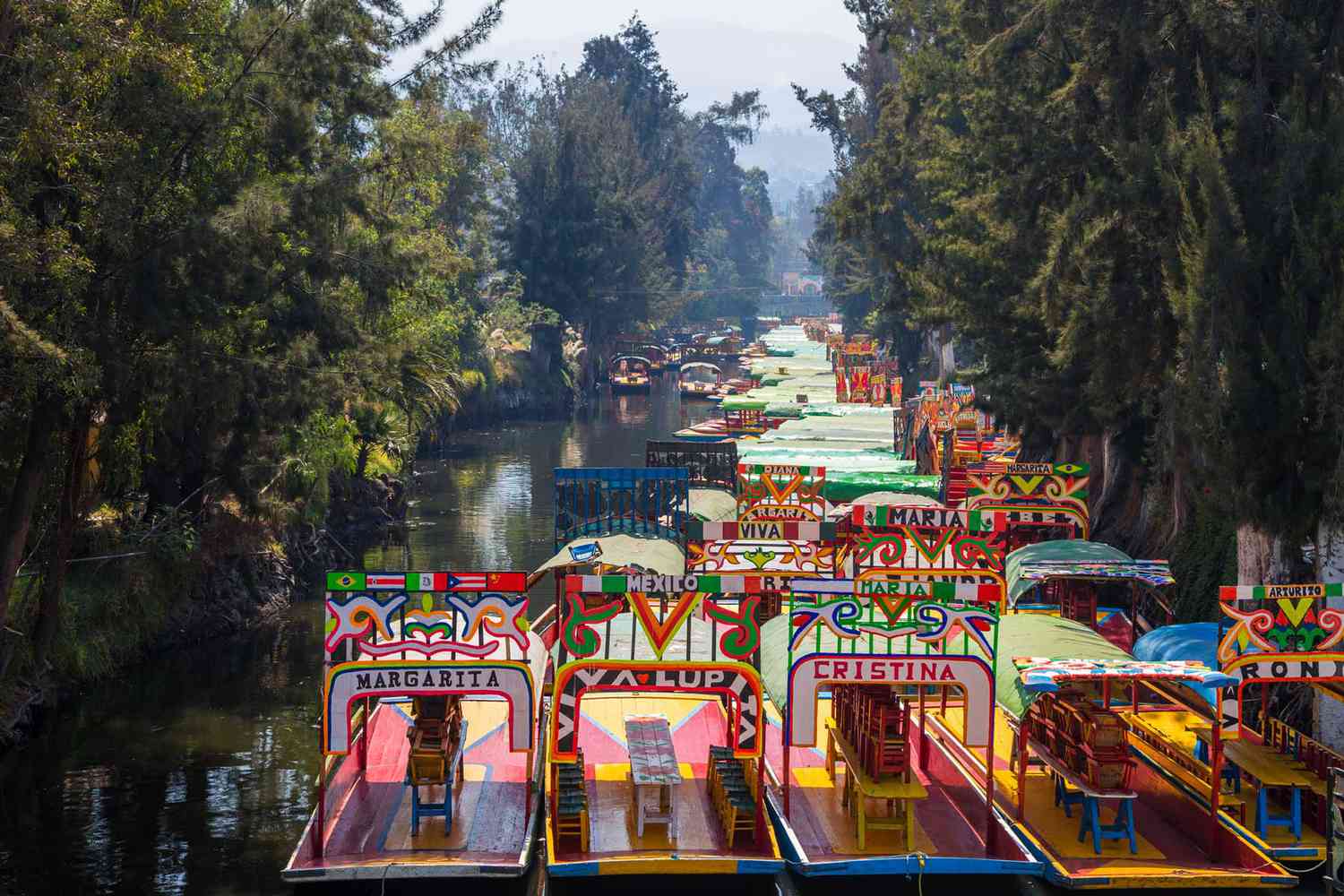
We can start at the Xochimilco light rail station (bottom left on the map). It’s easily accessible from the Tasqueña Metro Station on Metro Line 2.
The goal for the day is to spend a few hours on the small boats called ‘trajineras’ navigating the ancient canals. Not only is it fascinating, but it also requires no effort and can be quite comforting.
The 13 docks are listed here.
Tips and tricks for navigating Xochimilco well: don’t haggle; prices are fixed.
Don’t miss the chance to walk (not float) through some of the central neighborhoods of Xochimilco. There are 17 beautiful and ancient neighborhoods – the ‘Barrios Originarios’ – that are increasingly fascinating. You can explore some of them in just ten minutes.
Xochimilco’s market dates back to ancient times and is a marvel of food, flavor, and tradition.
Why not end the day at the Xochimilco Archaeological Museum?
Day 4
Your fourth day will be dedicated to Chapultepec and the National Museum of Anthropology.
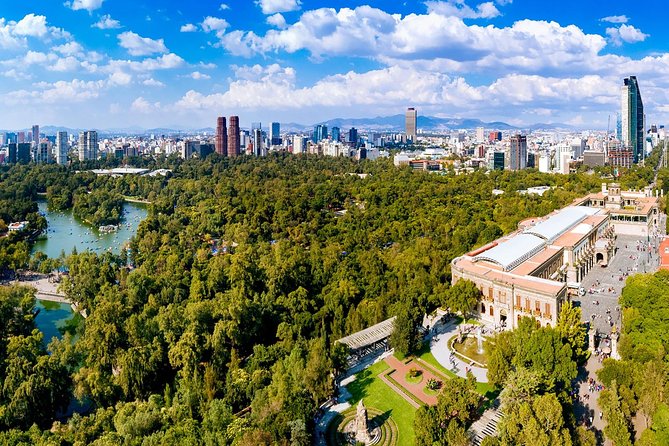
Prepare to spend a few hours at the Museum of Anthropology. It covers all of Mexico but is surprisingly succinct.
Chapultepec Park is the largest and most important in Mexico City. It’s across the street from the museum, but many visitors may also want to know that the park extends along that same street.
Keep in mind that there are many other museums, such as the National History Museum and two prominent art museums, one of which is the Tamayo Museum.
International visitors will seek even more, either heading east along Paseo de la Reforma or north to Polanco.
Both routes are packed with cultural, architectural, and culinary attractions. There’s plenty to eat, experience, and enjoy. If you opt for Polanco, you can stroll along one of the most important commercial avenues in the city: Presidente Masaryk Avenue.
Day 5
Ciudad Universitaria (UNAM) is recognized by UNESCO as a World Heritage Site. On this fifth day, that’s where we will go.
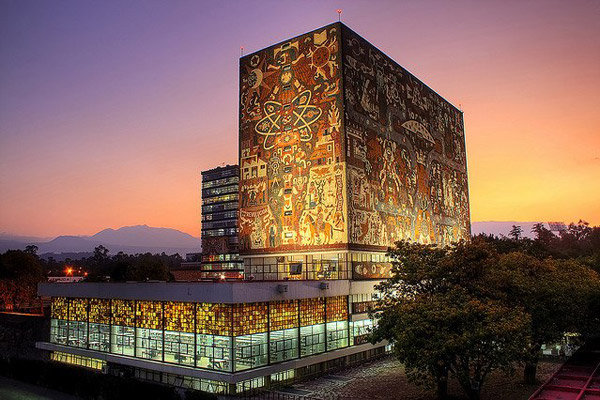
In its construction between 1949 and 1952, more than 60 architects, engineers, and artists participated in a project that, in reality, has never stopped.
Most foreign visitors will want to start at the University Cultural Center. They can get there via the Metrobús (Line 1) at the station of the same name (University Cultural Center).
The more ambitious might want to arrive via the Copilco Metro station, then head south. This route, although much longer, allows for visits to the globally famous Central Library and views of the Rectorate.
These two structures rise above the central campus where the well-known “Islands” and the central gardens of CU are located, designed by the famous Mexican architect Luis Barragán. This magnificent landscape is the everyday backdrop for any UNAM student.
For those not intending to tour Ciudad Universitaria, shorter visits are often combined with excursions to Coyoacán (as suggested on day 2). The Historic Center of Tlalpan and San Ángel are also nearby and are other excellent alternatives.
As a Mexican saying goes, “there’s no bad fifth,” and this fifth day of the itinerary could very well be the best.
Day 6
Day 6 takes us to the part of Mexico City that has been inhabited for the longest time.
Culhuacán was a city long before Tenochtitlán.
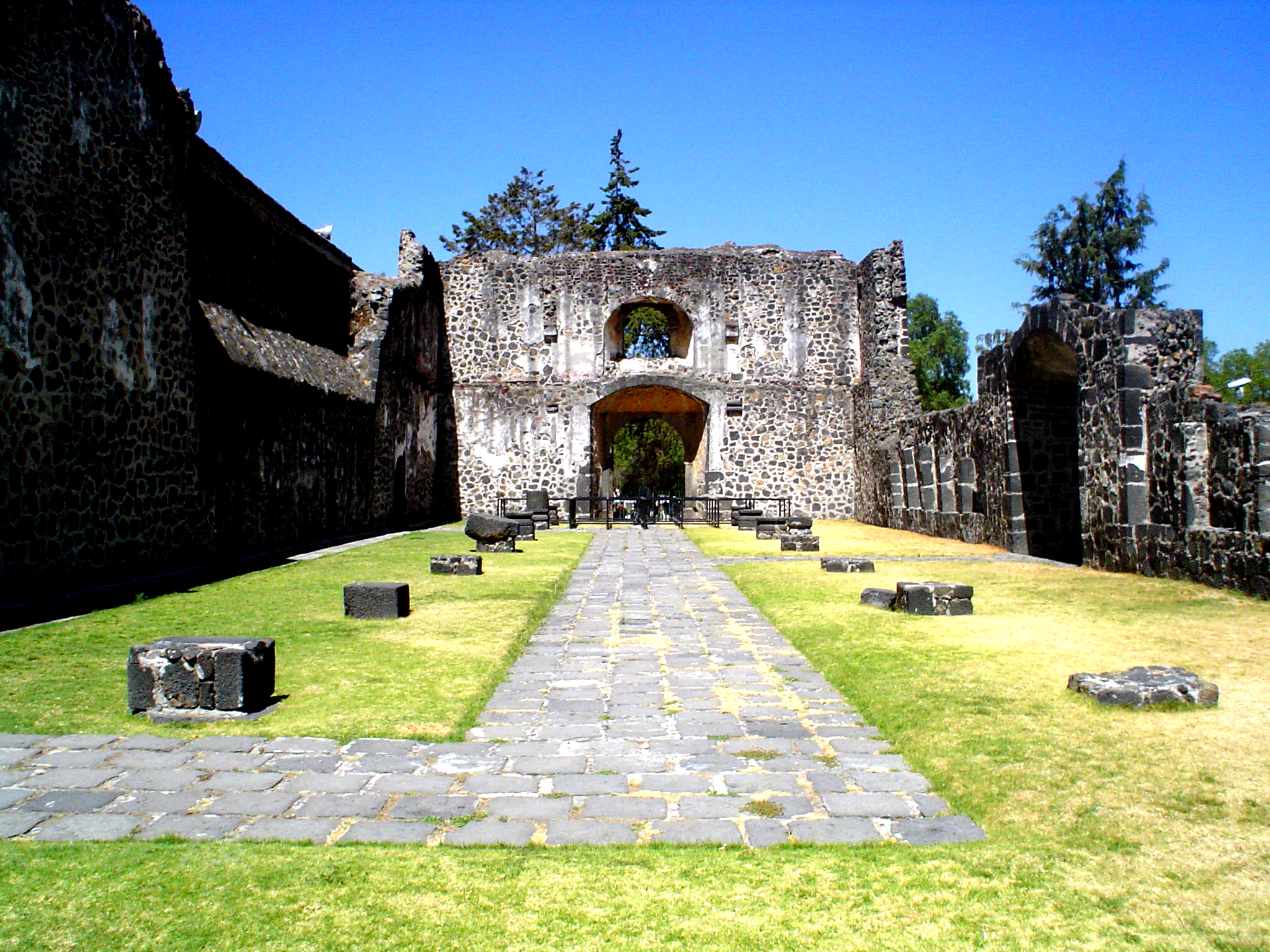
Nowadays, it’s more than just the colonial monastery from that era that is also here. Culhuacán is a thriving part of Mexico City shadowed by a mysterious volcano.
At the top, there’s a museum about the ancient Ceremony of the New Fire. Centuries of human history are unveiled in a nearby archaeological excavation.
All of this is alongside the famous National Canal. Today, it’s a 12-kilometer complex of parks, sports fields, and 18 neighborhoods.
At its southern end, the Canal opens up to the Xochimilco Ecological Park. Less natural but nearby, the new shopping center Parque Antenas is just minutes to the east.
While repairs are underway on Metro Line 12, most visitors will arrive via the Tasqueña Metro.
Day 7
Your last day, it’s good to finally see where you’ve been. The north of Mexico City finally offers exceptional views.
The Basilica of Guadalupe is located at the base of the ancient Tepeyac hill. It was here where the Marian apparitions took place, at least according to legend.
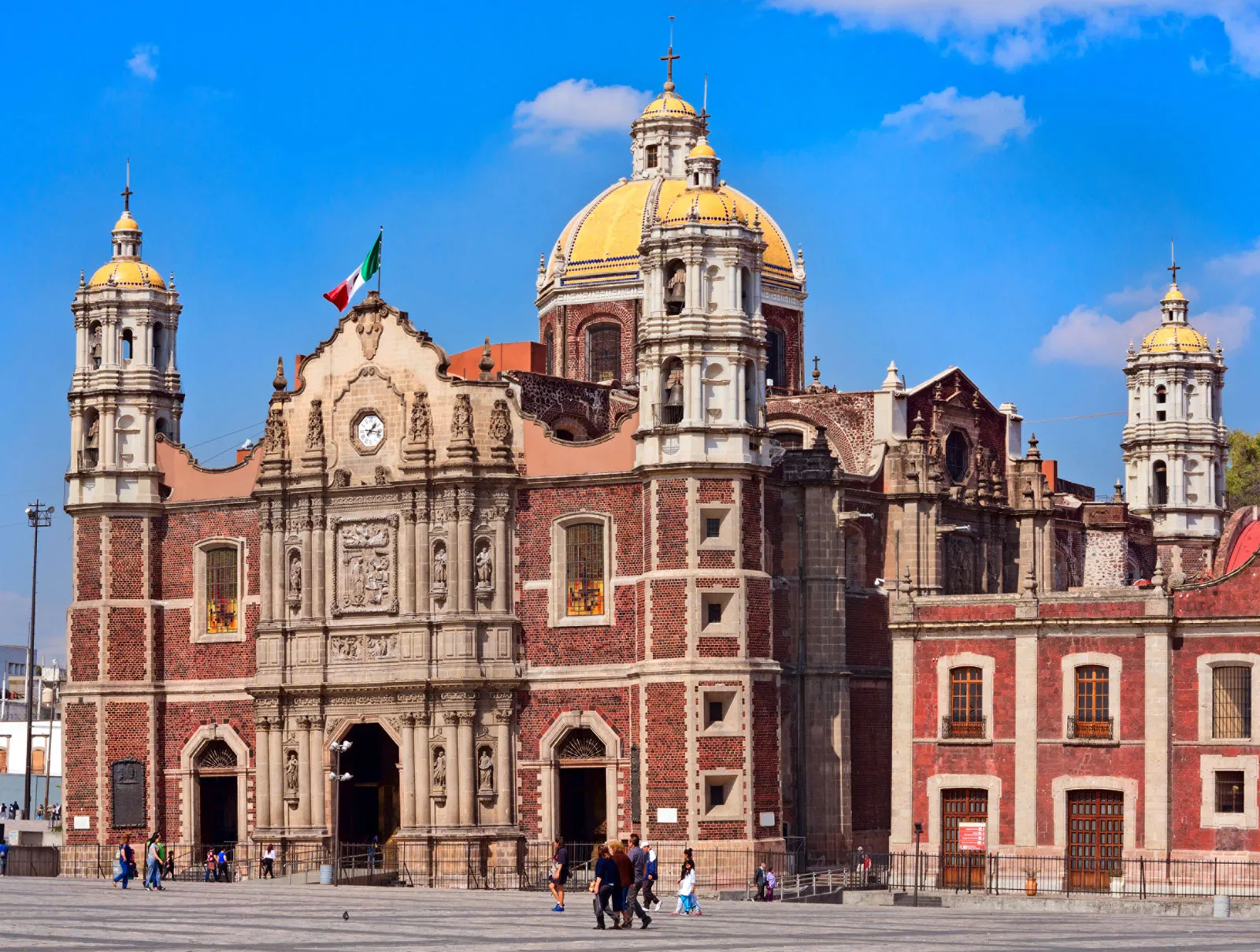
There are a series of architectural wonders. But international visitors might want to climb up to the Cerrito de los Ángeles Chapel. The views are exceptional.
But a cable car ride will give you an even better one. The Indios Verdes Cablebús station is about a 20-minute walk from the Basilica. You’ll need a Metro card to board the Cablebús.
Both Cuautepec and the small peak of Tlalpexco Mountain are experiencing a true revival in visitors. You’ll be amazed when you arrive.
